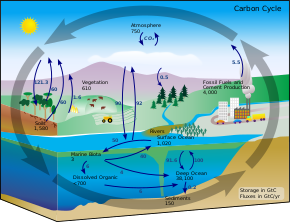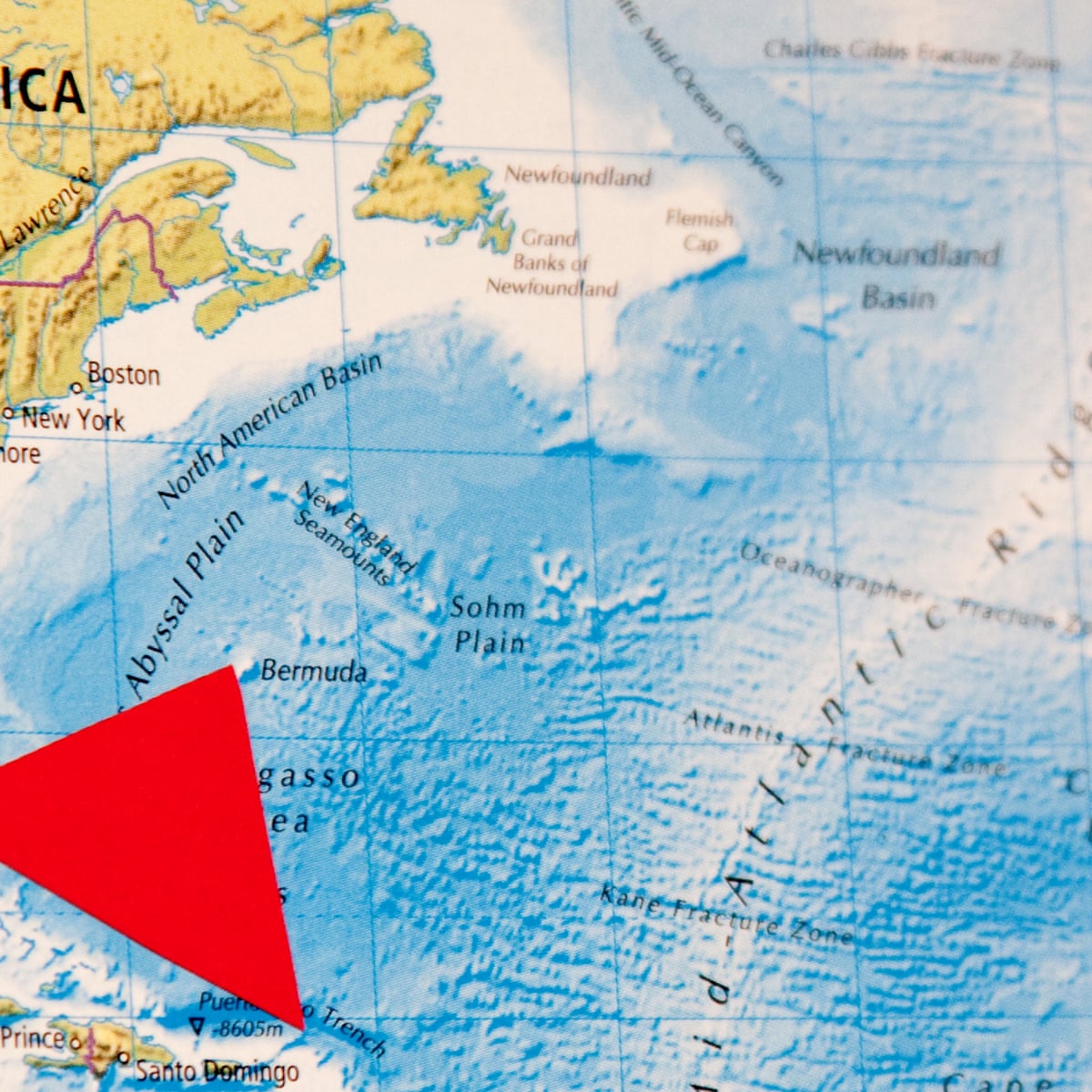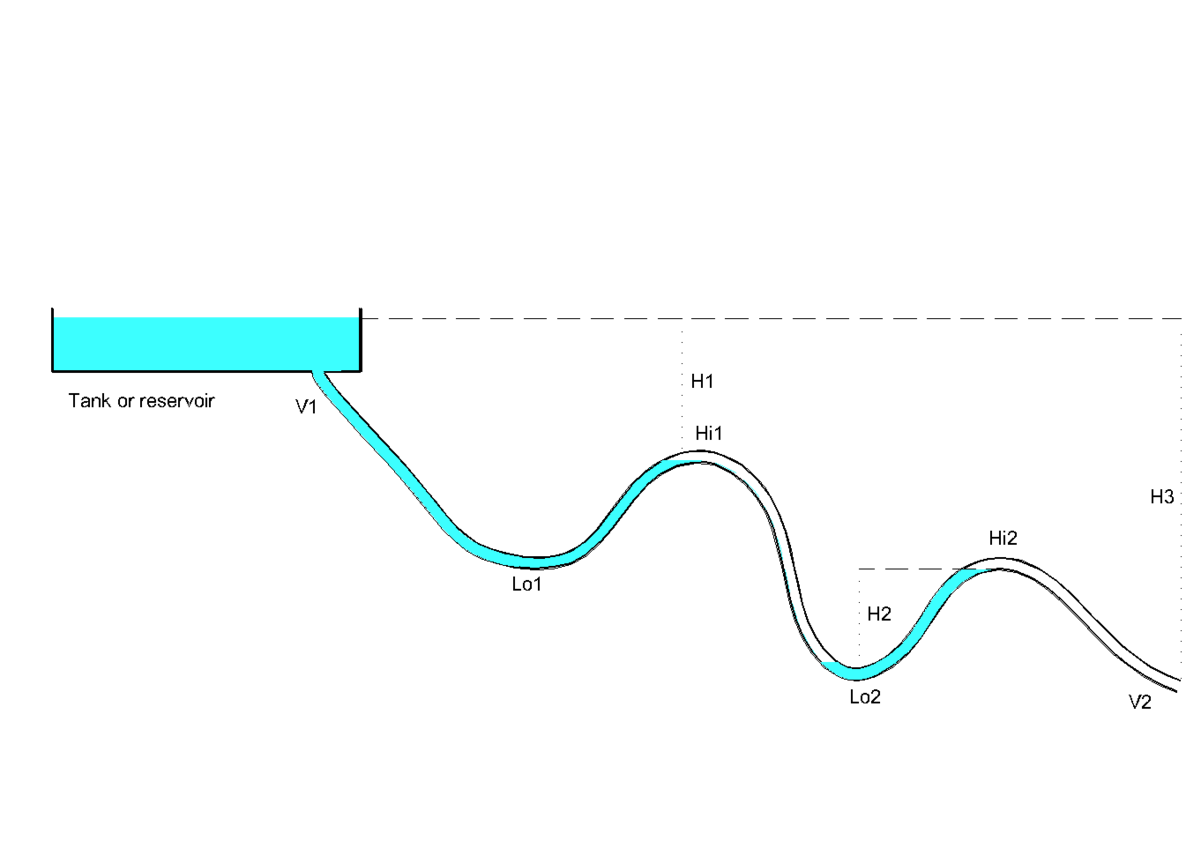Judd got interested in sonar surveys of witch ground an area of sea about 150 kilometres north east of aberdeen carried out in the 1970s.
Gas bubbles escaping from sea floor cause ship to sink.
Being described is the simple laboratory facility simulating the process of loss of buoyancy of a ship in case of a sudden release of gas bubbles from the sea bottom.
Bubble generation method is.
Sinking can occur because a mound of water forms above the bubble as it approaches.
Methane bubbles from the sea floor could be responsible for the mysterious sinking of ships in areas like the bermuda triangle and the north sea new australian research confirms.
21 methane bubbles from the sea floor could in theory sink ships and may explain the odd disappearances of some vessels australian researchers reported tuesday.
As university college london oceanographer and physicist helen czerski explains to tech insider bubbles could theoretically sink ships.
If the radius of a large gas bubble is comparable to or greater than the ship s hull then the ship can sink 9.
Ocean storage of carbon dioxide co 2 is a method of carbon sequestration the concept of storing carbon dioxide in the ocean was first proposed by italian physicist cesare marchetti in his 1976 paper on geoengineering and the carbon dioxide problem since then the concept of sequestering atmospheric carbon dioxide in the world s oceans has been investigated by scientists engineers and.
It sounds cool but as the video below explains it s a load of well sea farts because firstly ships are specifically designed to combat these bubbles and secondly the infamous bermuda triangle doesn t actually exist.
Massive gas bubbles rising from the sea floor may be capable of sinking ships and could explain the disappearance of a vessel in a north sea bermuda triangle melbourne researchers have concluded.



















